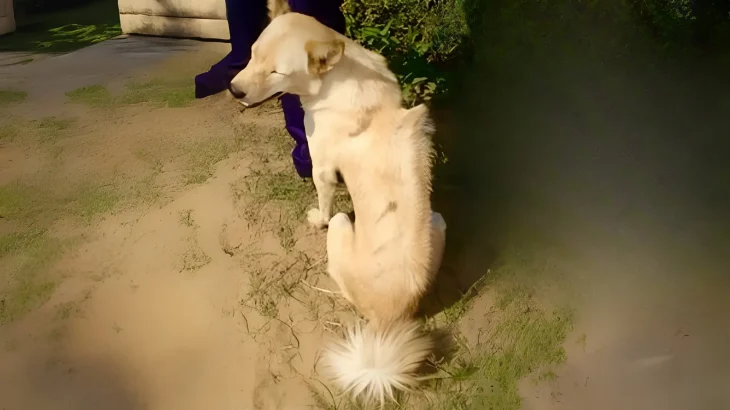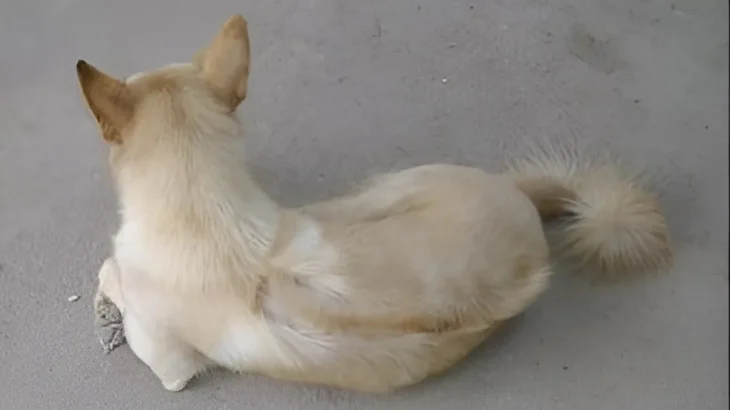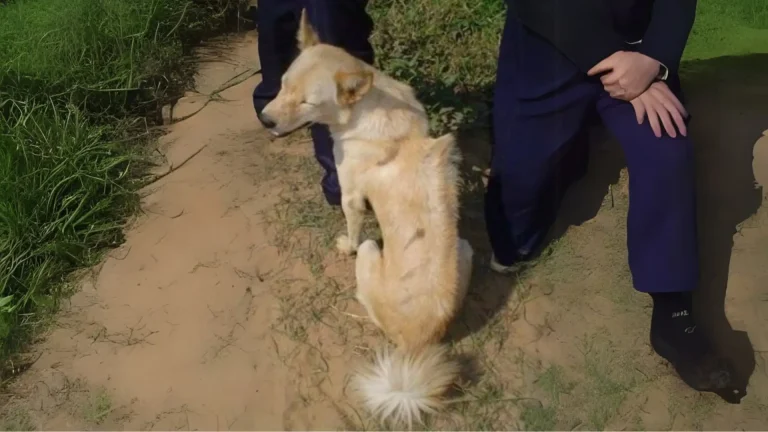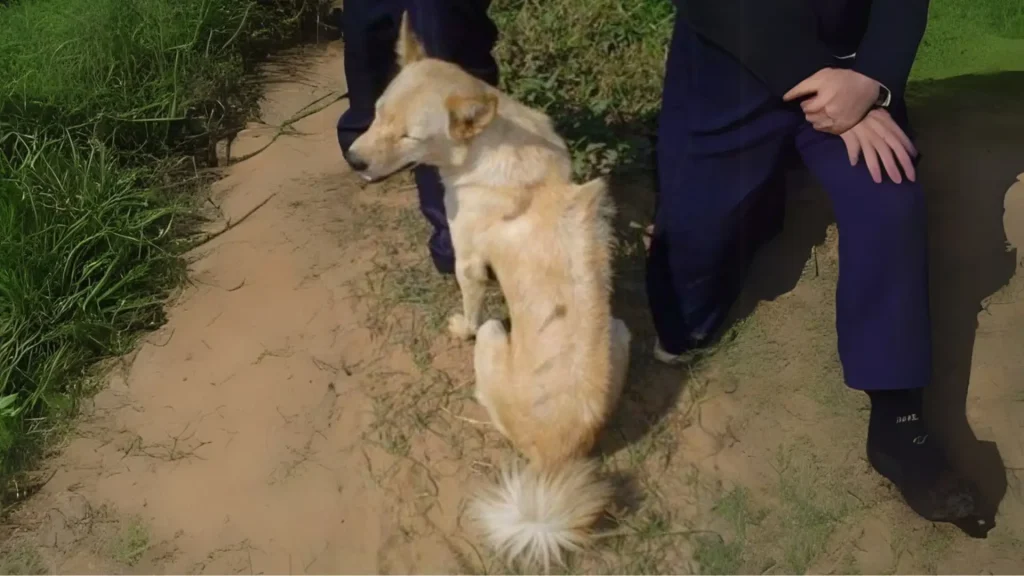Deciding between adopting or buying a Cambodian Razorback Dog puppy depends largely on your preferences for health transparency, breed origin, and ethical considerations. Purchasing from a breeder typically offers assurances related to pedigree and health, while adoption gives a chance to provide a home to a dog who may otherwise be overlooked.
Adoption vs. Breeder: Pros & Cons
| Criteria | Buying from Breeder | Adopting from Shelter/Rescue |
|---|---|---|
| Cost | Usually higher; breeders may charge more for purebred puppies with documented lineage. | Generally lower adoption fees, sometimes including vaccinations and initial care. |
| Health History | Often detailed with genetic screening and breeder health guarantees. | Health history may be incomplete or unknown; basic vet checks typically performed. |
| Age Availability | Usually puppies, allowing early socialization and training. | Wide range of ages available, including adults and seniors. |
| Temperament Insight | Breeders can share lineage temperament and early behavior traits. | Shelter staff provide observed behavior reports, but some history may be missing. |
| Supporting Practices | Supports specialized breeding programs; important to choose ethical breeders. | Supports animal welfare by rescuing dogs in need and reducing shelter populations. |
| Breed Purity & Pedigree | Certified purebred with pedigree documentation. | Often mixed or unknown breed background; purebreds are rare in rescue. |




















































